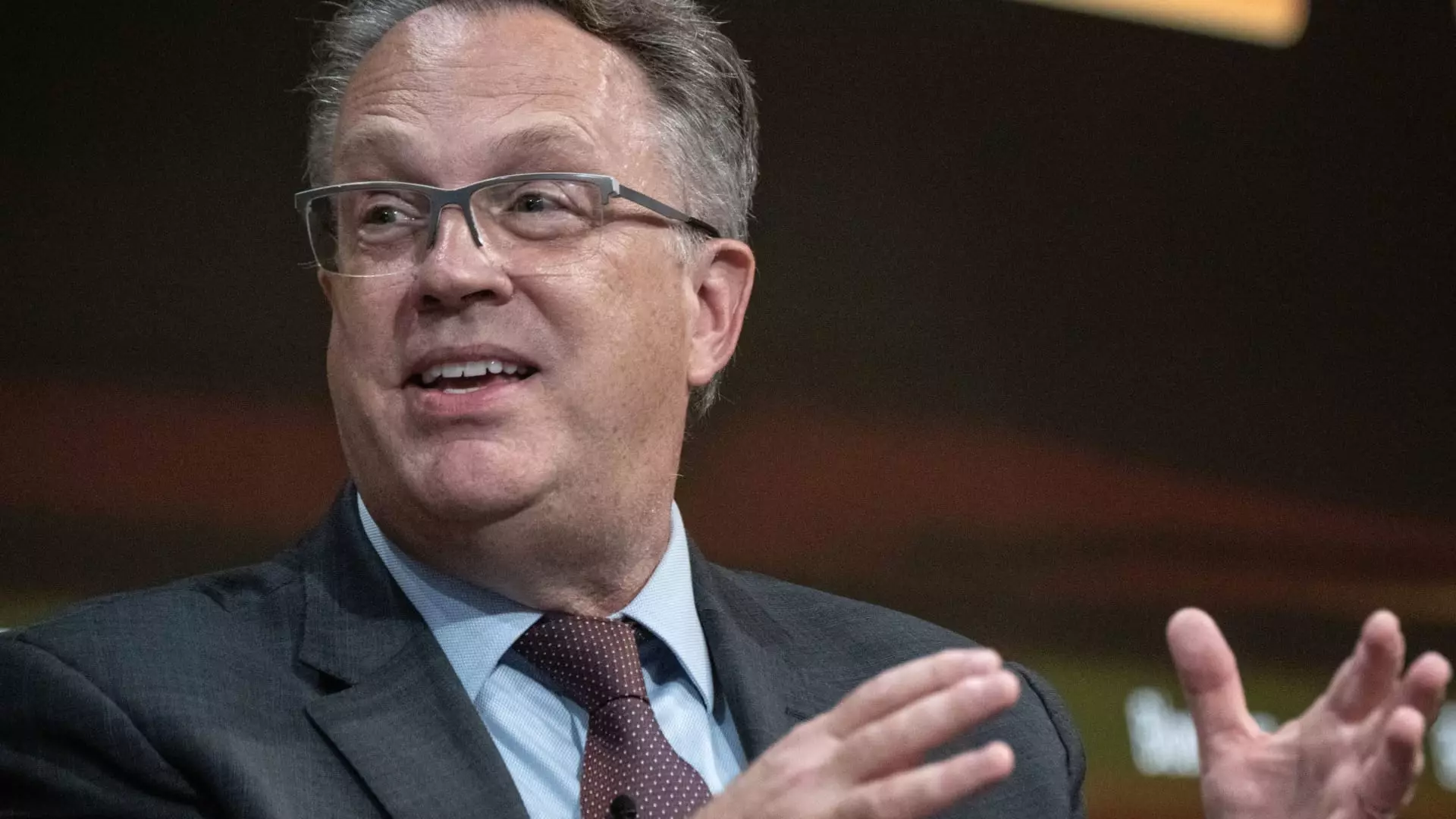As the New York Federal Reserve President John Williams addressed concerns about inflation during a recent event, he acknowledged that inflation levels are still too high. However, Williams expressed confidence that inflation will start decelerating later this year. Despite the markets being on edge regarding the direction of monetary policy, Williams did not provide clear signals on potential interest rate cuts.
Williams reiterated the central bank’s stance that there has been a “lack of further progress” towards its goals as inflation readings have surpassed expectations this year. He mentioned that monetary policy is currently “restrictive” but is aiding the Fed in achieving its objectives. In terms of potential rate hikes, Williams indicated that he does not see them as the likely scenario in the near future.
Earlier in the year, there were expectations of aggressive rate cuts from the Fed. However, higher-than-anticipated inflation readings have significantly altered this outlook. Current market pricing suggests that there may be only one rate cut, possibly in November. Williams highlighted that with the economy gradually finding a better balance and disinflation occurring in other economies, global inflationary pressures are expected to diminish. He anticipates that inflation will start moderating in the second half of the year, although it still remains above the 2% target.
For almost a year, the Federal Reserve has maintained its benchmark borrowing rate in a range between 5.25% – 5.5%, the highest in over 23 years. The main objectives are to keep the labor market robust and bring inflation back to the 2% target. Currently, most inflation indicators hover around 3%, with a crucial reading from the Commerce Department expected imminently. The Fed’s preferred gauge of inflation, the personal consumption expenditures price index, is forecasted to be at 2.7% for April. Williams foresees a decline in PCE inflation to 2.5% this year, eventually reaching the 2% target by 2026.
Despite the challenges posed by the current inflation levels and uncertainty regarding interest rates, Williams remains optimistic about the future. He emphasized the significant progress made towards the Fed’s goals over the past two years and expressed confidence in restoring price stability. Williams reiterated the Fed’s commitment to achieving its dual mandate goals of maintaining stable prices and fostering maximum sustainable employment.
The Federal Reserve’s stance on inflation and interest rates reflects a cautious approach to monetary policy in light of the prevalent economic conditions. While uncertainties persist, Williams’ reassurances regarding the gradual moderation of inflation and the Fed’s commitment to its objectives provide a sense of stability amidst market fluctuations. It is essential for policymakers to continue monitoring economic indicators closely and adjust policy measures accordingly to navigate the evolving financial landscape effectively.

